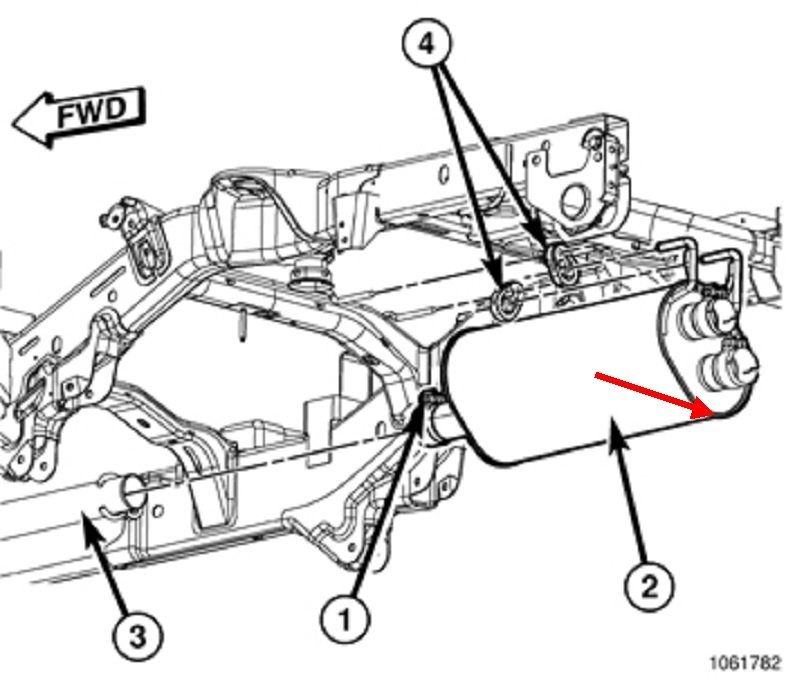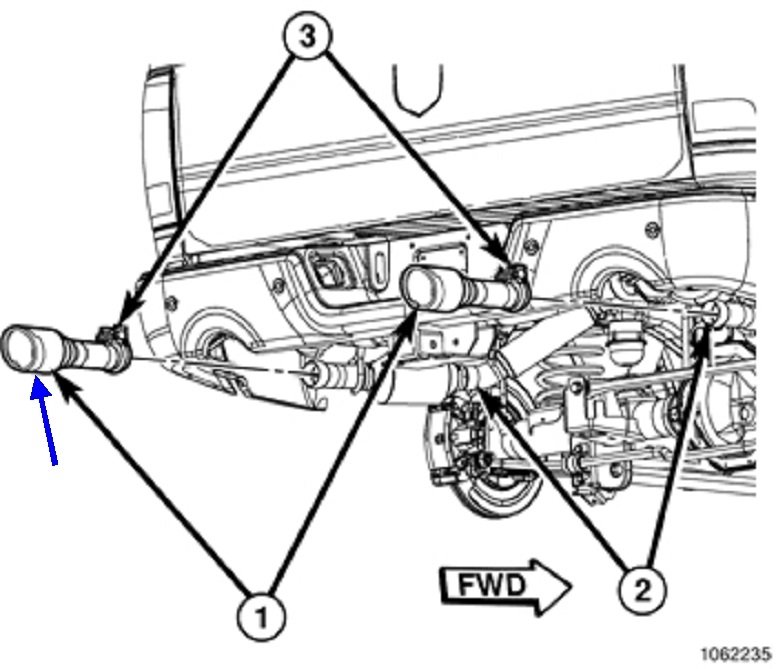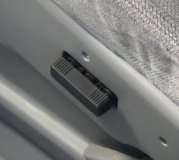Sunday, March 27th, 2022 AT 3:05 PM
I began seeing this drip leak after my first oil change. It is leaking at the bottom center forward end of this round can that the exhaust runs through. I wiped the drip off and it started to drip faster. I wiped it the other direction and it stopped. It seems the hole gets clogged and will stop for a while then start dripping again. It feels like water, with no taste to the drip. It looks like the exhaust pipe is attached to the can type part located under the right side back seat. You have been a great help trouble shooting my old 2004 in the past and I thank you for that. Thanks, Jim Felland




